PiLog's acclaim from Gartner highlights its commitment to delivering effective Master Data Management solutions, endorsed by customer feedback and industry evaluation.
PiLog MDRM achieved Recognition as the Emotional Footprint Champion and Data Quadrant Gold Medalist in the Master Data Management category from Infotech Software Reviews.
PiLog is honored to be recognized by Forrester as one of the top 26 global vendors across key data management categories
“ PiLog has a broad view on business needs related to data management. They are able to support us from advice till implementation. Through their decisiveness, knowledge, and capacity, they are able to convert large work packages in accordance with the customer's needs. ”
“So far we have been working with PiLog for a long time. We have good experience regarding with their products. PiLog provides a good working atmosphere and we are very much satisfied with their support. They solve each and every issue raised by our people in a smart way and respond quickly when we contact them." ”
“ At PiLog, Digital Transformation Consulting Services Company, we blend our technology and industry expertise to develop solutions to help organizations create engaging digital experiences through our Digital Transformation solutions.”
“ PiLog has a team of professional and well-supported people, and we are satisfied with its service. The application is developed in a user-friendly manner, and its dictionary provides full knowledge of Material Master. ”
“ PiLog Data Quality and Governance Tool provides a very comfortable platform to manage our Master Data (Materials and Services).User-friendly, cost-effective, and of international standard. It is well integrated with our ERP system. Currently, with latest features, we are enjoying a speedy application that is also available on mobile phones.”
“ I have worked with the vendor for the past 3 months and I am satisfied. The service from the vendor is prompt, acceptable, risk-solving, and time-saving. ”
“ It is very useful for Master Data analytics, well interfaced with SAP for creation, extension, change, deletion, and undeletion of materials. Useful to find all duplicates across all business units. ”

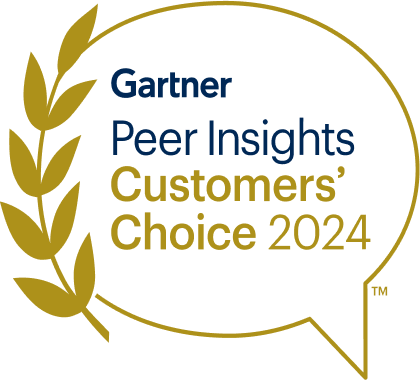
“Voice of the Customer” Master Data Solutions Customers Choice Award 2024
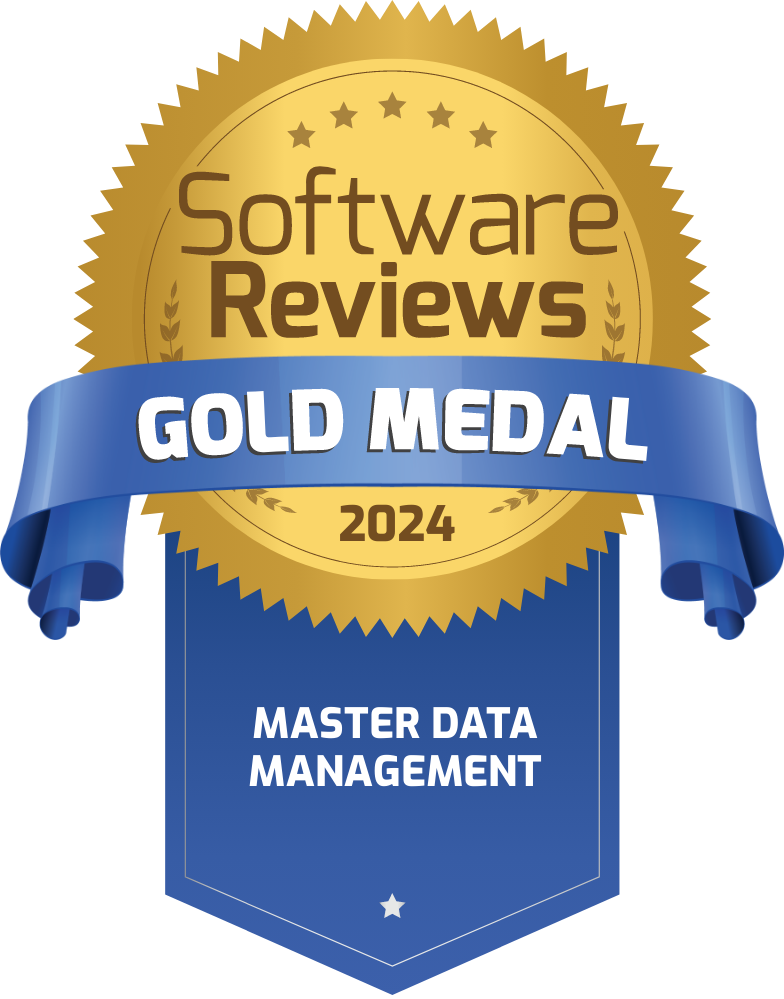
PiLog's MDRM Solution Named 2024 Gold Medalist in Data Quadrant by SoftwareReviews
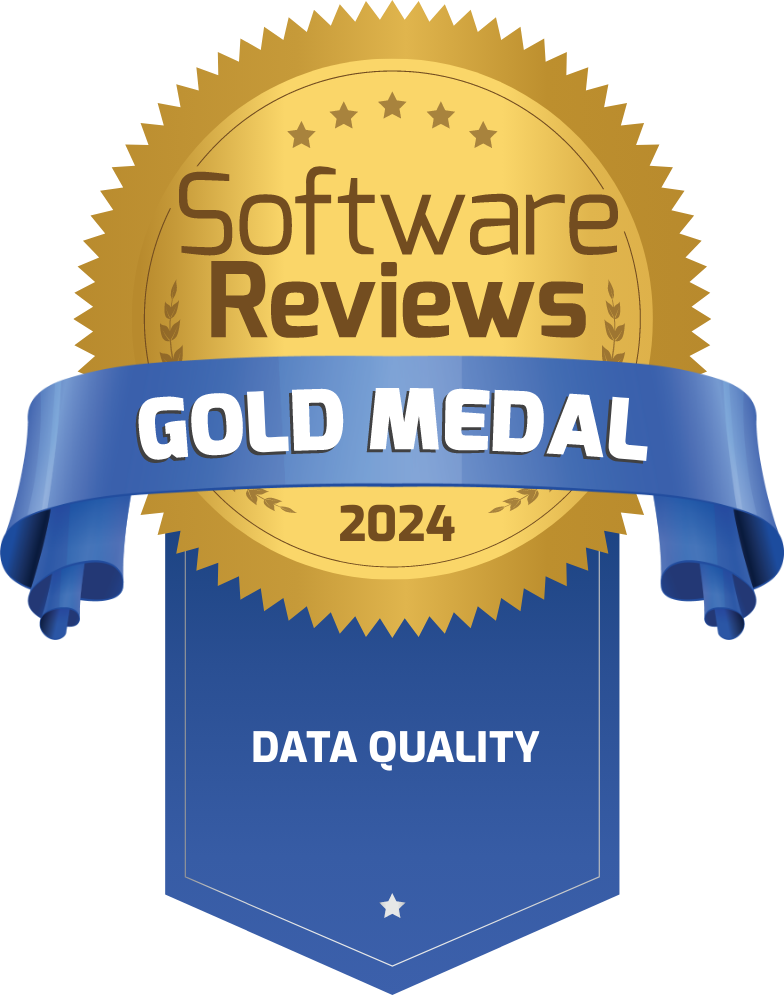
PiLog's Data Quality Named 2024 Gold Medalist in Data Quadrant by SoftwareReviews
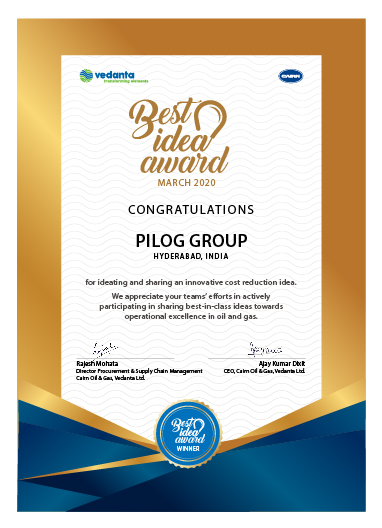
Best Idea Award from our Global Business customer Vedanta
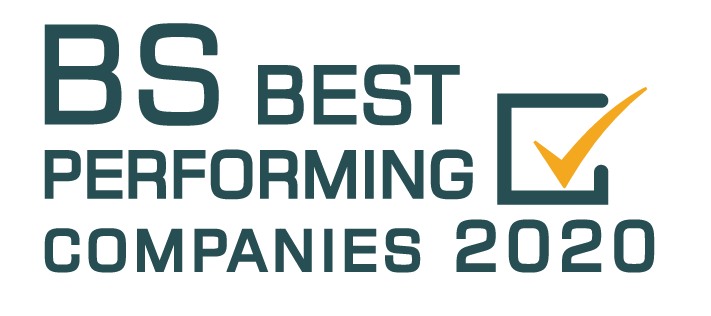
Best performing companies 2020
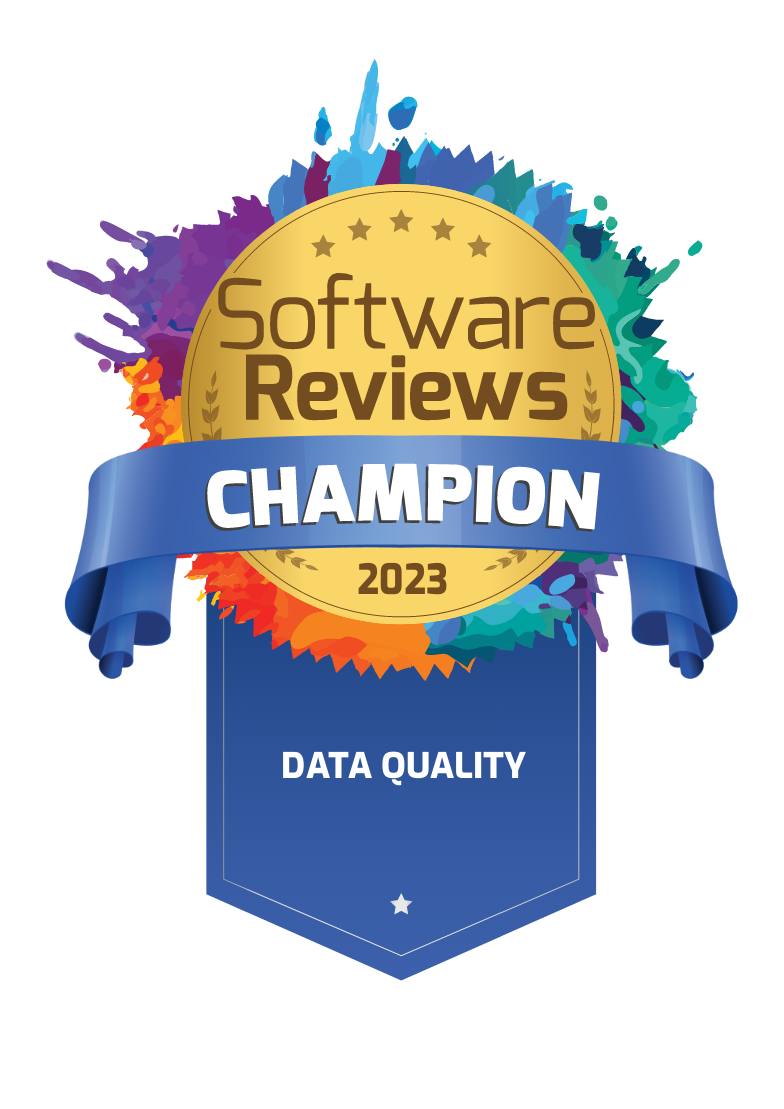
PiLog's Data Quality Named 2024 Gold Medalist in Data Quadrant by SoftwareReviews
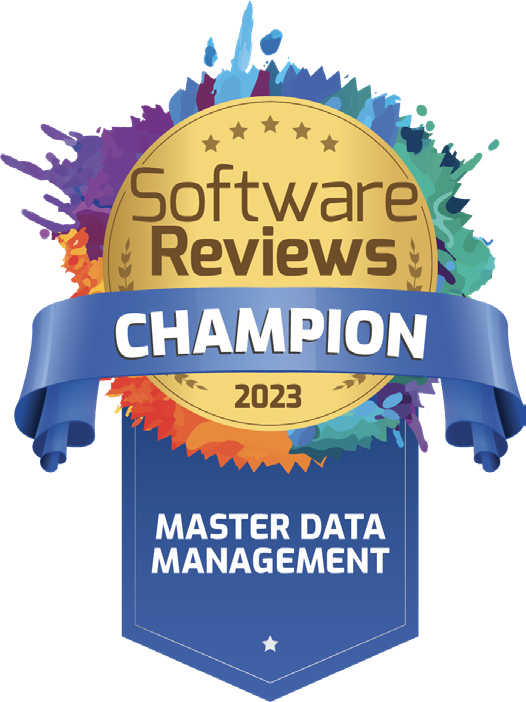
PiLog's Data Quality Named 2024 Gold Medalist in Data Quadrant by SoftwareReviews